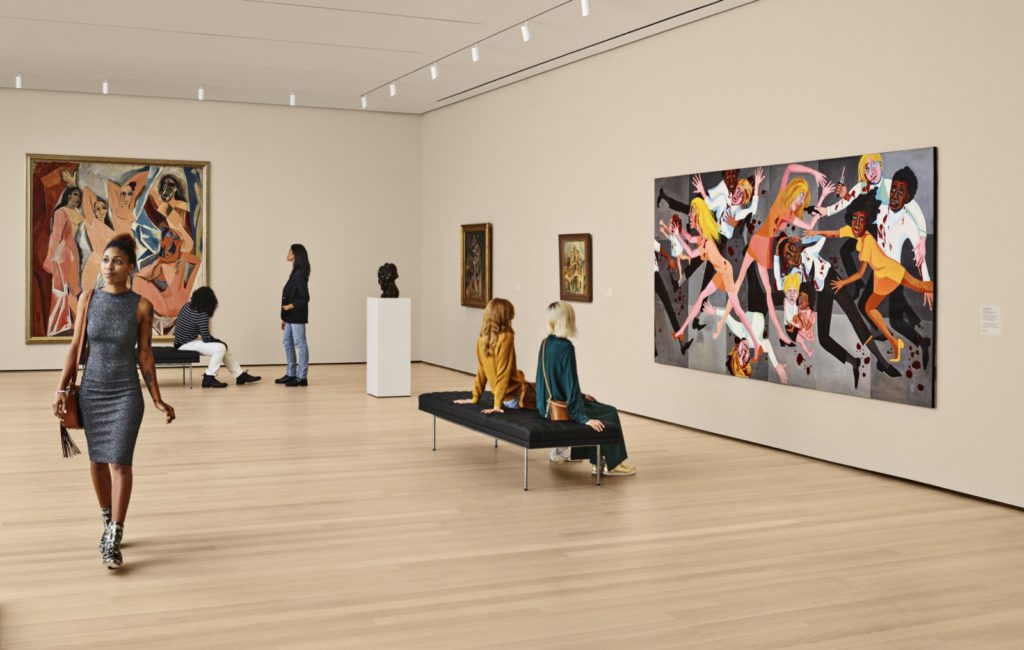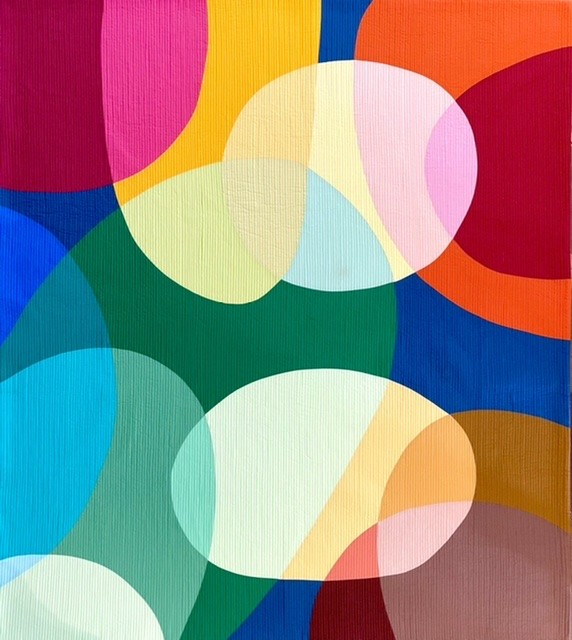Working With Color Theory
Color theory is complex. Over the centuries, artists and philosophers have developed the color
wheel, terms such as value, and other nuances to help explain how the human eye perceives
the world. When choosing colors for quilting, our choices can be complex, such as having a
formula. Our choices can also be simple, based upon what we find pleasing to the eye. Let’s
take a look at how to apply color theory more intuitively when creating improvisational quilts.
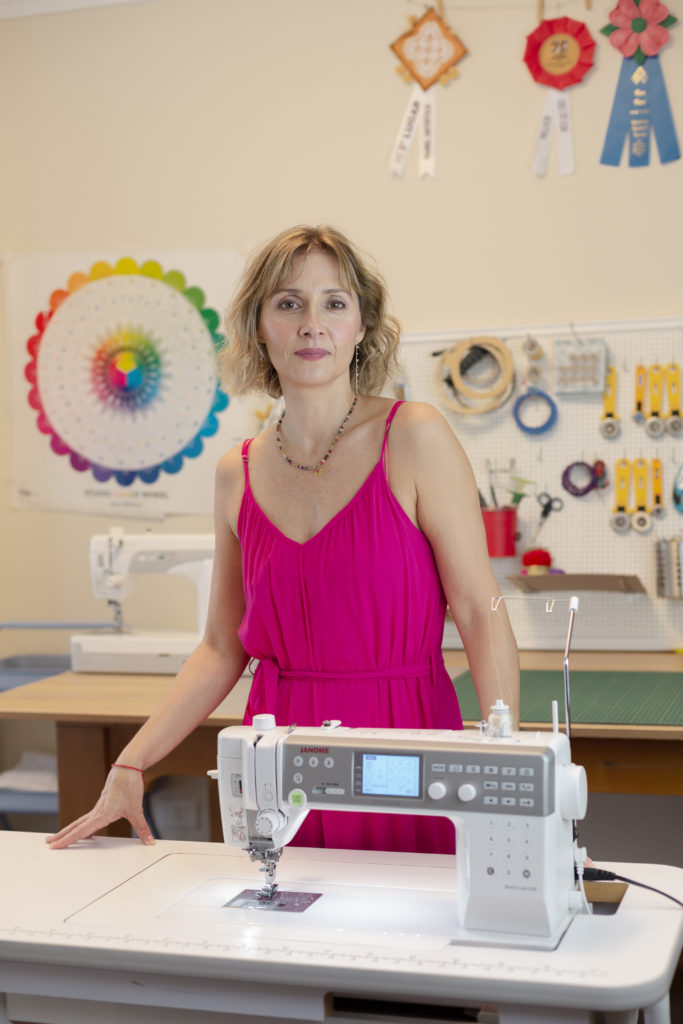
Preconceived Ideas of Color Versus What Is Actually There
Beginning artists often think that a tree is green, and therefore that green is the only color that
they will need in their palette. Over time, they find that they will need to use different shades of
green, perhaps mix the green with black and white to capture light and shade, and even
incorporate complimentary colors into the mix to capture the tree in its correct form.
The same applies to quilting. When you start working with colors, you’ll learn how to manipulate
them to find that ideal design that you envision in your mind. Not only will you find out what
colors work because of their complementary nature, you will also learn about how to shade your
colors (value), and things such as hue and saturation.
The Psychology of Color
Colors also have psychological properties. If a color reflects how you are feeling in the moment
of creation, you should experiment with the different colors that might go nicely with it. Here are
some of the emotions and feelings that are associated with certain colors:
- Red is often associated with passion, love and mystique.
- Orange is a color that is often associated with zest and energy.
- Yellow is often associated with light, energy, and certain bright objects in nature, like the
sun. - Green is the color of nature, but also is associated with health and power.
- Blue is most often associated with spirituality, but also can depict security and trust.
- Purple is often associated with creativity, royalty, and beauty.
As you learn more about the different colors and how they work with one another, you might
also consider experimenting with colors and how they impact your mood.
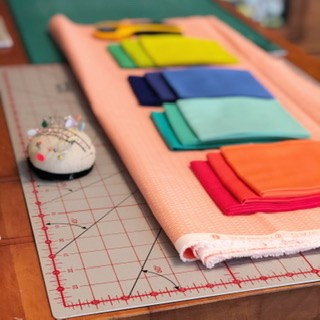
Working with colors before taking needle to thread
Some visual artists will often lay out the paints that they need side by side before they actually
put paint to canvas. They will look at swatches of their paint colors side by side and understand
their interplay before they get to work. Other painters will also do sketches with colored pencil
before they test their paints.
Many quilters will also work with their fabrics before they start quilting. They will lay out the
different hues, saturations, and values of colors out next to each other and pick the ones that
are most appealing to them. They will also keep books of fabric samples and catalogs nearby so
that they can quickly consult information on the color used in the fabric.
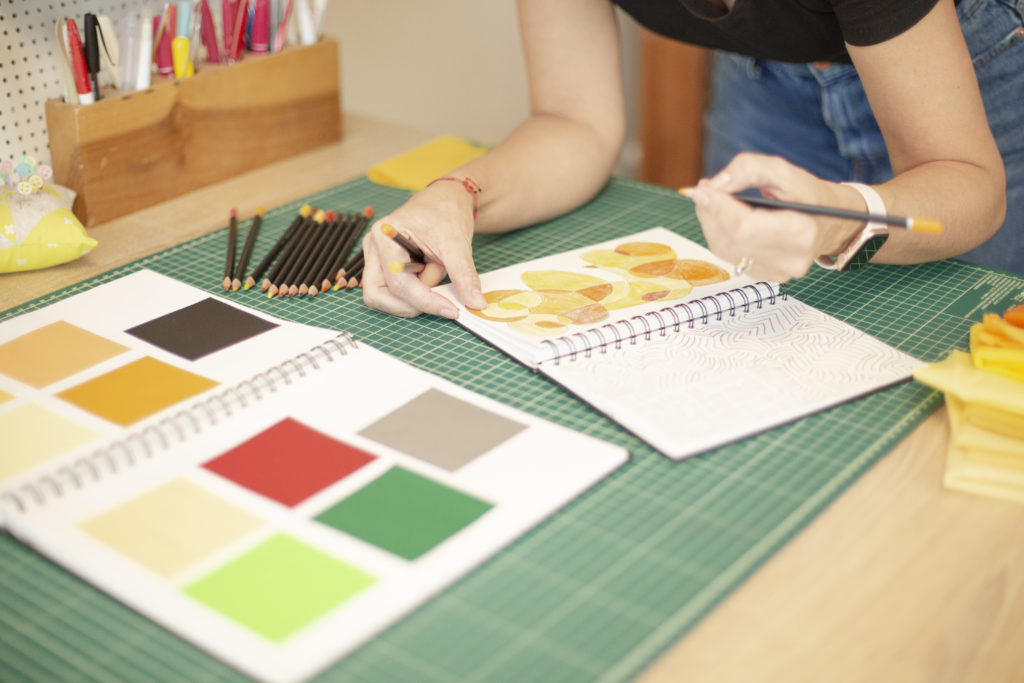
Always seek new experiences
There will always be new and unique ways of putting colors together for your quilts. Looking at
paintings, going to quilt shows, and other experiences will help you come up with new ideas for
colors. As you work these into your quilting practices, you will always produce vibrant, unique
quilting designs.
